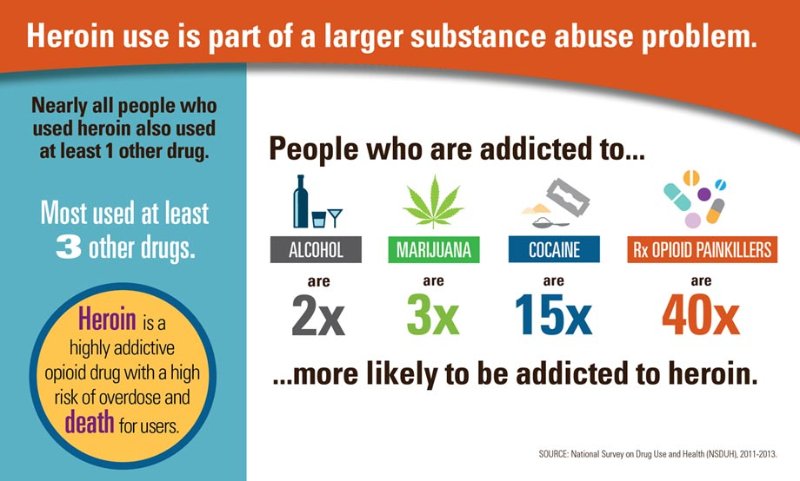You've probably noticed recent reports, within the workers' comp pharmacy benefits manager (PBM) industry and elsewhere, that prescription opioid use and overdoses are on the decline. It is a long journey, and we cannot yet see the destination, but progress is being made. One of the goals has been to make it more difficult to secure clinically inappropriate prescription opioids through legitimate (physician, dentist) and illegitimate (pill mills, street sales) means. Abuse deterrent formulations have also helped, creating a hassle factor for those who want to abuse them. The increase in focus on the subject in the media and government has made it more top-of-mind. Although even one death or the creation of one addict is too many, and we have lots of cleanup to do today on the damage already done to individuals and communities, the trends are heartening.
However, for every intended consequence, there are also unpredictable unintended consequences. And one of those that I've been following for some time, that two recent clinical studies have codified as accurate, is the dramatic increase in the abuse and misuse of heroin. A good amount of that increase is theorized to be coming from those who may have become addicted or highly dependent upon the euphoric effect or dulling of the pain from opioids. Because today's heroin is "pharma quality" and less expensive than opioids on the street, heroin has become the primary alternative choice. If you think this is a recent issue, this USA Today article titled
"OxyContin a gateway to heroin for upper-income addicts" was my initial warning, on June 28, 2013.
The reasons for this switch are multiple and complicated.
An excellent article on this issue was published in the June 2015 edition of "Pain Medicine News."
Three quotes that struck me the most:
- "Fewer than 20% of chronic pain patients benefit from opioids."
- “The prolific normalization of opioid use for chronic pain within primary care has seeded the epidemic of heroin addiction."
- “We are going to see the biggest explosion of heroin addiction ever in the next five years."
Obviously, heroin is an illegal drug and therefore cannot be tracked or managed within a PBM. But everyone needs to be watching. While heroin use may not be a "workers' comp problem," it is a societal problem, which ultimately always rebounds as an issue for everyone (and everything) else.
The CDC just published (or at least publicized on Twitter) a
"Vital Signs" report specifically on the subject. This should be required reading for everyone concerned with the epidemic of substance abuse in the U.S. Note that I said "substance abuse," because as has been clearly stated the issue is not specific to prescription drugs or heroin or cocaine or alcohol binge drinking -- it is a cultural issue of people either wanting to have a good time or just to check out from life or pain. According to this CDC report, more than 8,200 people died from heroin overdoses in 2013. When you add that to the more than 175,000 people who have died from prescription drug overdoses since 1999, the people affected is staggering. Not just those who lost their lives, but friends and family left behind and communities (and, in some cases, employers) dealing with the aftermath.
While there is a treasure trove of information included in the CDC's report, the most important point for me (given my focus since 2003) was the advice to states:
- Address the strongest risk factor for heroin addiction: addiction to prescription opioid painkillers
If you still don't believe that opioid use and the abuse of heroin (and other drugs) are related, you just aren't paying attention. Or you don't want to connect the dots. I will let the CDC prove my point ...

The use of heroin is no respecter of income level, age, gender, education or geographic location. However, the CDC did outline those most at risk for use:
- People who are addicted to prescription opioid painkillers
- People who are addicted to cocaine
- People without insurance or enrolled in Medicaid
- Non-Hispanic whites
- Males
- People who are addicted to marijuana and alcohol
- People living in a large metropolitan area
- 18- to 25-year-olds
Do yourself a favor. Take 10 minutes and read the report from the CDC. It will only be wasted time if the information does not influence you to action.
 The use of heroin is no respecter of income level, age, gender, education or geographic location. However, the CDC did outline those most at risk for use:
The use of heroin is no respecter of income level, age, gender, education or geographic location. However, the CDC did outline those most at risk for use:








